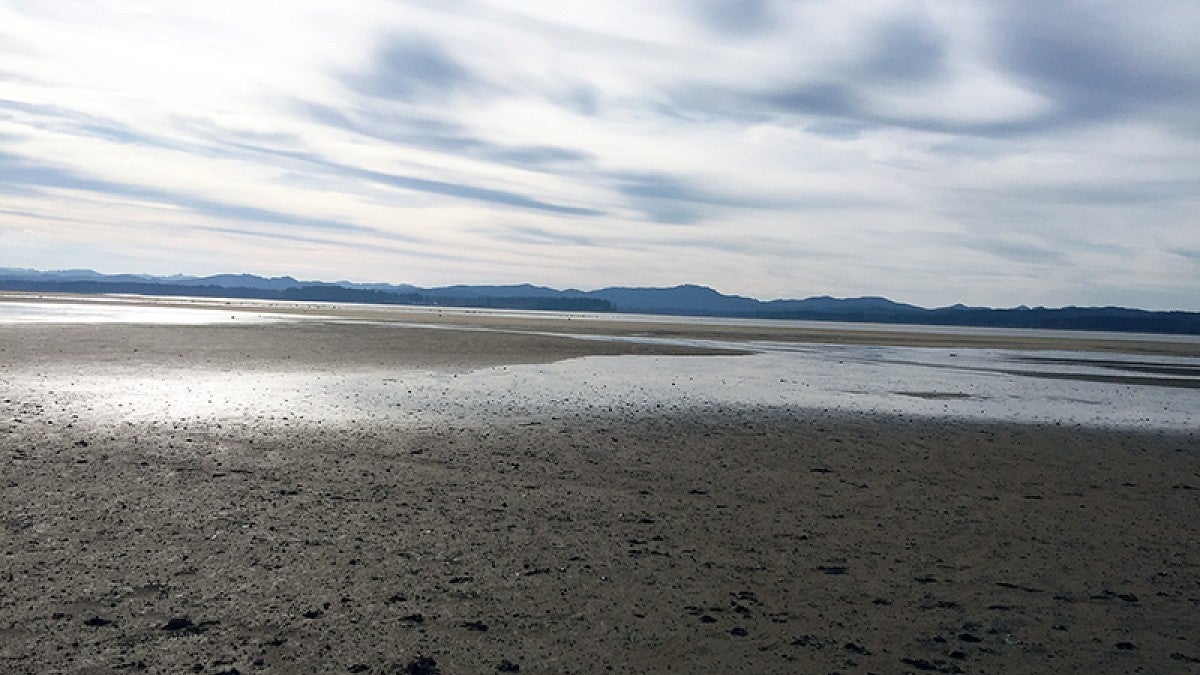Research at the University of Oregon led by Earth Sciences professor, Ilya Bindeman, was recently featured in the Daily Mail for uncovering parts of the geologic process that shaped the Earth’s surface billions of years ago.
According to the Bindeman, researchers took 278 samples of the most common sedimentary rock in the world, shale, and compared ratios of different oxygen isotopes. Researchers then assessed when different layers were exposed to chemical and physical weathering in order to accurately date the Earth’s rocky past.
“What we speculate is that once large continents emerged, light would be reflected back into space and initiate runaway glaciation,' Bindeman said. “When the Earth was hot and the mantle was soft, large, tall mountains could not be supported. Our data indicate that this changed exponentially 2.4 billion years ago.”
This means that two-thirds of the earth’s landmass was created approximately 2.4 billion years ago, Bindeman said. The findings have recently been published in scientific journal Nature.
For the full article, see “What Earth looked like 2.4 billion years ago: Scientists reveal how continents first emerged out of the ancient waterworld and transformed our planet's climate”
To see the full scientific publication, visit the Nature website.


